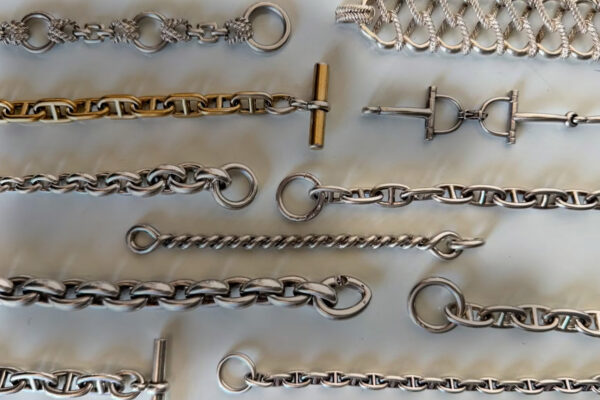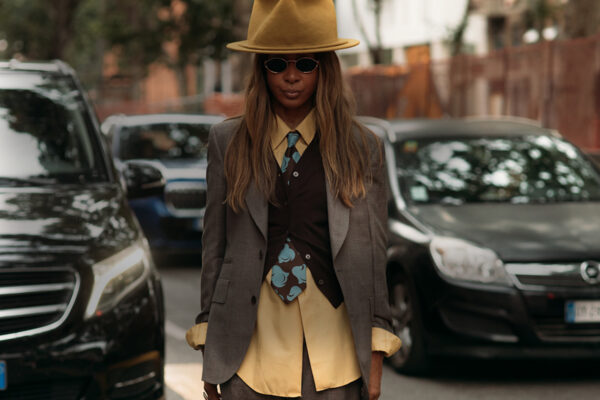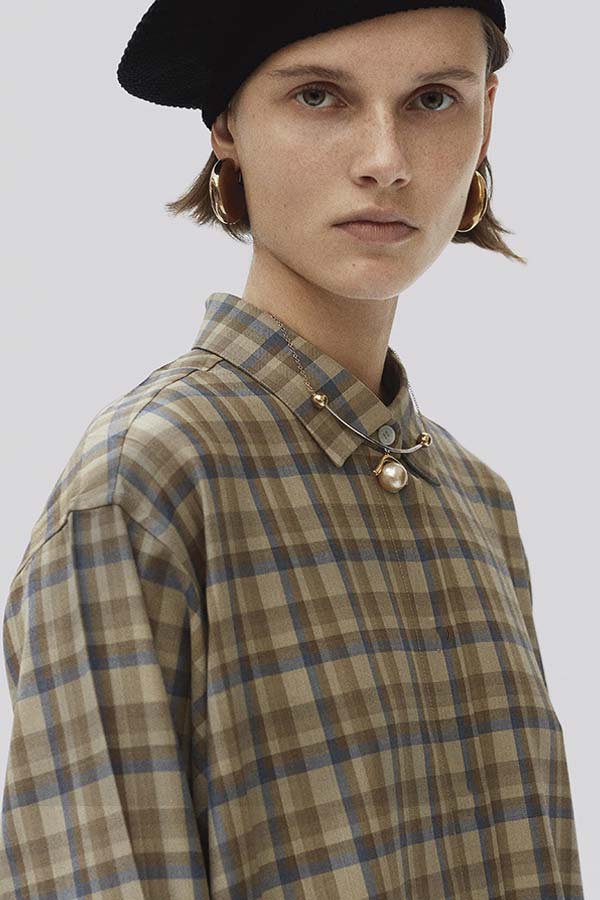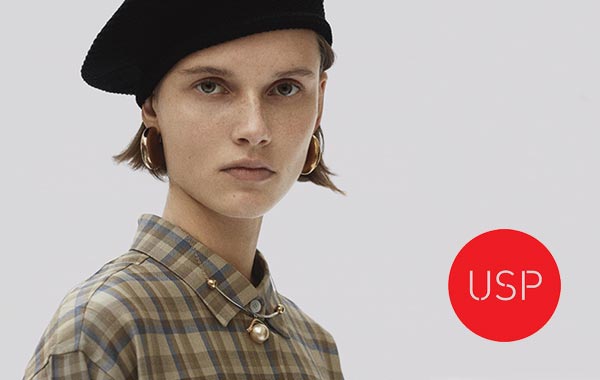
Vogue’s series on the Future of Shopping
At our recent event I had some interesting conversations with designers in industry that have either gone freelance or set up their own businesses. They had worked for high street brands and were disillusioned with the pace at which they were being asked to work and the lack of creativity in their jobs. It seems the success of Shein and the like, means high street retailers are jumping on the fast fashion band wagon and then some, with designers being asked to churn out new ideas quicker that you can say crap quality and landfill.
High street fashion is sadly dwindling away to nothing and one wonders if focusing only on the bottom line and encouraging creative teams to create another version of whatever (profitable) brand everyone is currently obsessed with, is the best way forward?
Zara is one such obsession – a director of a huge retailer told me recently – “I don’t care about our local consumer, just tell me what Zara are going to do next”!
Zara changed fashion forever when Amancio Ortega Gaona opened his first store, in 1975. By 2011, Zara had stores all over the world and currently produce 450m garments a year, generating an annual revenue of $26bn. Their responsive, vertical supply chain enables the export of garments 24 hours, 365 days of the year, resulting in the shipping of new products to stores twice a week. After products are designed, they take around 10 to 15 days to reach the stores.
Fast and responsive yes – and this is what consumers have come to expect – but this is slow fashion compared to the way super-fast fashion companies like Shein work. In a recent 12-month period, H&M and Zara listed 12,000 to 35,000 new products on their websites, while Shein listed 1.3m.
Launched as SheInside in 2011 in Nanjing, China by Xu Yang-tian, who had no experience in fashion (nothing new there then) the business started selling wedding and evening dresses to US-based and English-speaking shoppers. They expanded into womenswear and in 2014, began establishing their own supply chain in Guangzhou. Within a year they had transformed from an e-commerce website into the clothing brand we now know as Shein and last year generated $22bn in revenue.
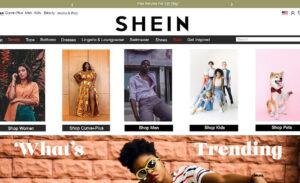
In the biggest vibe shift since online shopping, Shein have changed the game, using pile it high – sell it cheap tactics, along with algorithms, AI and monitoring systems to identify trending and ‘viral’ images and designs on social media, apps, and websites. They have been accused of an “industrial-scale scheme of systematic, digital copyright infringement, against small designers and artists” but apparently widespread copyright infringement is built into their business model – so that’s ok then!
Shein was quick to tap into the power of social media, sending influencers around the world free products in exchange for social media posts. The influencers then earn commission on the Shein products sold with their unique discount codes; some also earn a flat-rate fee. As a result Shein is the most talked about brand on TikTok, Instagram and YouTube, with #Sheinhaul viewed collectively around 14.2bn times.
I’m not going to go into the ethics of creating so many clothes at such low prices, the alleged working conditions of Shein factory workers, or the over consumption and throw away culture that fast fashion generates, because it’s pretty obvious that none of it is good. But you can bet your pleather mini skirt for £10.99 that conversations in rival’s best seller meetings are focusing on Shein’s revenue rather than their ethics.
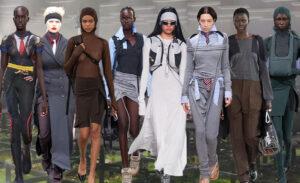
Corpore meets Gorpcore on Hypebae
Another consequence of the current vibe shift is how word the ‘trend’ has become associated with fast fashion. Search the word ‘trending’ on the Shein website and you will be overwhelmed with every version of every ‘core’ ever invented. The race to be first to jump onto a social media trend has reached an all time high, with brands such as ASOS responding to dropping sales by ‘becoming ‘faster and more agile’ and other retailers adopting the quick response approach in order to turn products around faster than ever.

@tropicali_haven, @highboyla, @mylilbohospace
It’s not just womenswear fashion brands that are being affected by the desire for more, cheaper and faster response products. Homeware is also seeing influencer culture and TikTok shop drive expectations about interior spaces and consequently a desire for ‘fast’ home products. But that’s a whole other story…..
While the pace of the luxury market is generally slower (although some may argue the seasonal calendar is unsustainable for designers of big fashion houses). High end brands are also feeling the affects of the cost of living crisis and global unrest, not to mention dupe culture – which may not be directly affecting sales, but is defiantly downgrading some labels by the sheer number of cheap copies available and the way it is gaining traction among older and more affluent consumers.
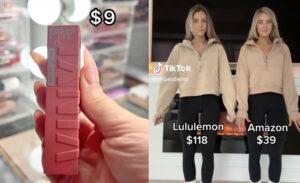
With over six billion views of the #dupe hashtag on TikTok, Gen Z are seen as the main lovers of dupes, but according to a survey by Savanta, 25% of over-40s admit to buying dupes in the last year and 35% of wealthier consumers say they “still buy dupes even when I can afford the real thing”.
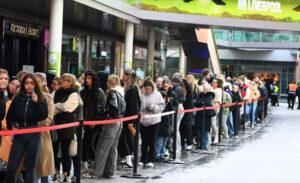
The Shein Pop Up
So what’s next for fashion and trends? Shein opened a pop-up shop in Liverpool from the 19th April to the 21st April, that showcased its spring/summer collections, as well as new label Musera, that includes dresses, skirts and knitwear, with retail prices ranging from £8.99 for an oversized vest to £53.49 for a blazer.
The company said in a statement: “The launch of Shein’s pop-up shop marks an exciting milestone as it brings the Musera, [beauty range] Sheglam and core Shein collections to life, alongside complimentary photo moments, live fashion illustrations and makeovers.”
Could this be a sign that Shein are planning to open physical stores around the world?

Musera by Shein
Business of Fashion recently highlighted how Zara are very cleverly beating Shein by investing in an elevated product and shopping experience. Inditex are seeing huge growth with both Zara and Mango reporting record sales last month, despite cashed-strapped consumers and competition from the likes of Temu and Shein. By elevating its product, prices and marketing campaigns, as well as collaborations with up-market brands such as Studio Nicolson, Zara is rising above discounted prices, poor quality garments and dupes and gaining ground from a luxury market that is becoming increasingly unaffordable.

Zara’s Paris flagship, 74 avenue des Champs-Elysées
The clever thing(s) about Zara – and there are many – is despite its size, it has the ability to make strong style statements in a fashion forward yet commercial way that appeals to a wide variety of consumers. Wander round any Zara and there will be mothers and daughters, groups of teenagers, affluent and not so affluent customers all browsing exactly the same garment. They are quick to jump on a new colour or shape ahead of everyone else in order to get a read on what’s coming, but manage to execute them in a commercial and accessible way. They know their customers, understand regional differences and demographics and above all are CONFIDENT in what they do.
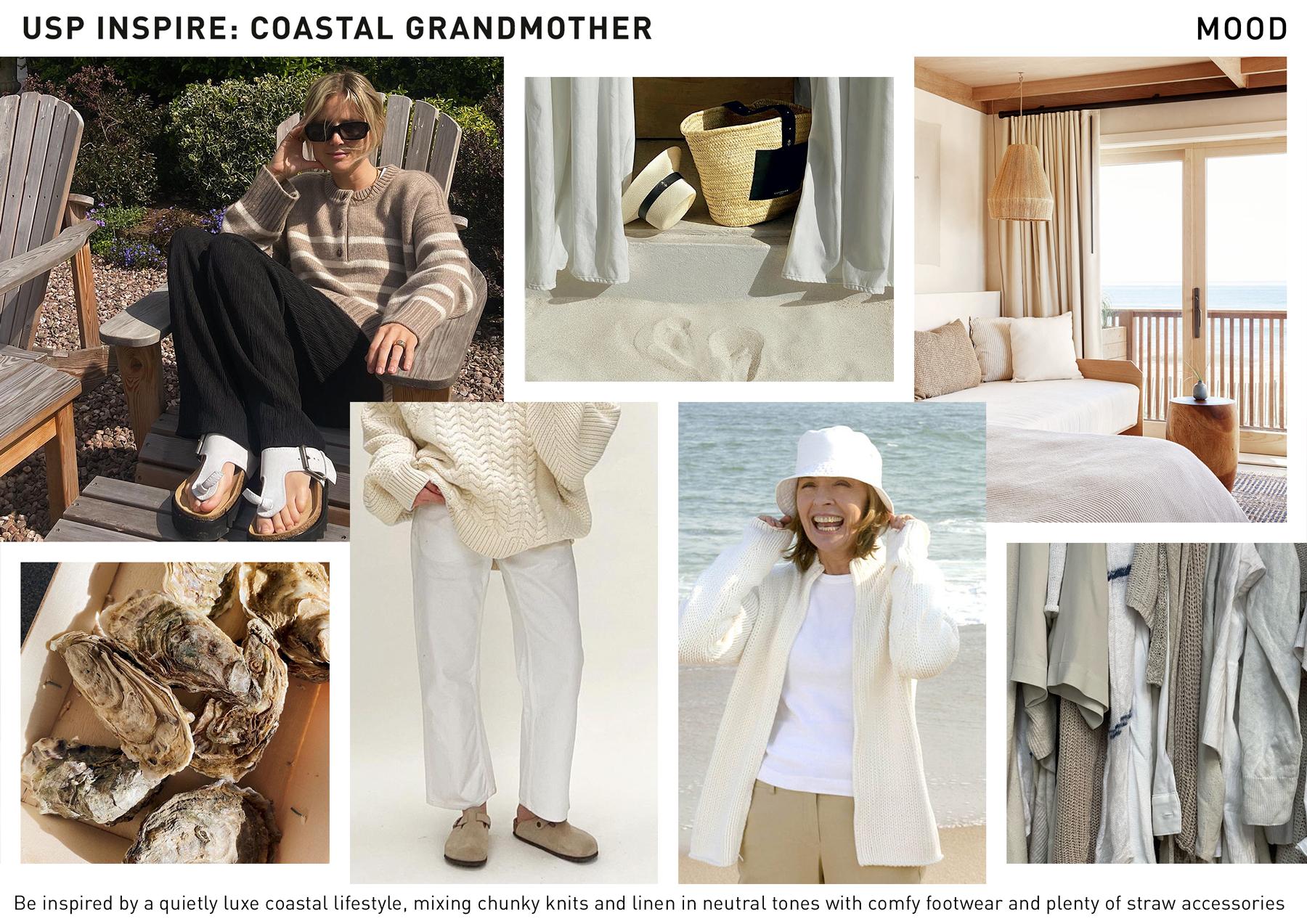
Trends don’t have to be fast or unsustainable, take #coastalgrandma (see our Coastal Grandmother USP Inspire) for instance. It started on social media, but was, and still is, commercial, as it’s essentially about pared down neutrals, blue and white, natural fabrics and easy coastal inspired casual wear. Brands that have interpreted the trend creatively and intelligently, understand how to make it work for their customers and have seen considerable success with a look that will continue to grow and evolve.
As trend forecasters we can give our subscribers all the inspiration and trend information from all of the sources, but it’s up to them to understand their brand DNA and execute trends in a confident, commercial way that works for their consumer profiles. Unless of course they are a bespoke client, then we can do that for them too.
Wandering around the west end of London last week, I was struck by the lack of home-grown fashion stores and the dominance of Inditex brands. As Mango and Zara have more plans to renovate and open new stores world wide and continue to improve their quality and strong creative identity, it looks like they will carry on as the global leaders for some time.
Who knows what the future holds for the rest of the high street, but my advice to that director that wants his brand to be exactly like Zara and in fact anyone else that is struggling to keep up with the pace of the fast fashion giants, is this; respect your customers, understand your region and trust your buying & design teams to create unique trend driven ranges that set you apart from your competitors.
As consumers aesthetics are increasingly moulded by the internet and fast fashion brands continue to ramp up their ‘design by algorithm’ policy, there has never been a better time to create individual style with a point of view.

